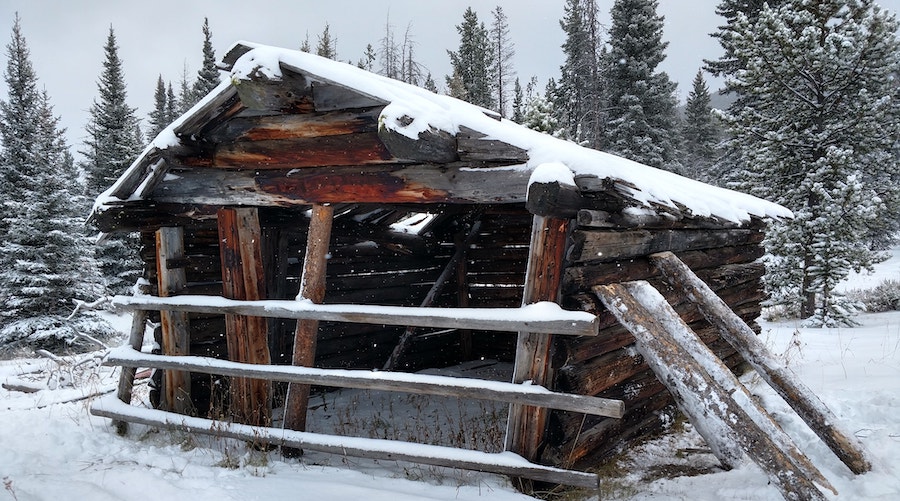
Nineteenth-Century miners working in Highland City, Montana, had a level of societal integration uncommon in North America at the time.
This, according to historical archaeologist Megan Rhodes Victor, from the College of William & Mary, who discovered that Chinese and non-Chinese gold miners lived right next to each other, something very rare in the American West in the 1800s.
The Surfer software used by Victor and her team is a gridding, contouring and 3D surface mapping application used widely by the mining industry
To reach this conclusion, Victor and her team dug 300 test pits to find artifacts that could help pinpoint building locations and identify their functions. Artifacts such as pieces of wine bottles, jars, nails and horseshoes found in each hole were documented and entered into a scientific modeling package called Surfer to generate distribution maps and predictive models.
Evidence of an anomalous situation in the ghost town came from an artifact density map created by the software. Pieces of brown-glazed stoneware known to come only from China and almost always associated with residences of Chinese immigrants were found in two unexpected locations. The first was in the middle of a non-Chinese residential area, and the second was amidst downtown businesses.
The presence of Chinese individuals in Highland City’s commercial block is easier to explain because immigrants – even in the face of prejudice – often ran restaurants and laundries. The evidence of Chinese living in multiple cabins in the residential area, however, defies the cultural and societal norms of the 19th Century.
“It’s exciting to me that the Surfer data show no evidence of a Chinatown in Highland City. Chinese and non-Chinese are living side by side,” Victor said. “Hopefully, future research will help explain why this seems to have occurred.”

NOW READ: Mining’s unlikely heroines – Greta Thunberg and AOC
Exponential expansion of global mining is the dirty little secret – and glaring blind spot – of Green New Deal evangelists and zero-carbon climate warriors
4 Comments
John K
They don’t discuss the density of these items found within the neighborhood but I think another possibility is that the Chinese were providing products that were sold in these receptacles. An example of which would be some type of opium product. The homes identified as housing Chinese in an unlikely neighborhood may simply be the home of a Caucasian worker with a substance abuse problem…. If not an active substance, it could have been any number of products… Difficult to say without having the receptacle to look at…
Tree
Moot. No concentration of such items existed in the community, meaning the analysis correctly identified that the Chinese residents were not ghettoed into a singular cluster.
Vick Gardner
Don’t you think it’s possible that white miners acquired and used Chinese pottery?
Pete Blakeley
Right on Vick! Just because Chinese pottery was prevalent does not substantiate a level of social integration being sought after by the researchers. It makes you wonder if the conclusions reached were determined by social justice warriors who wanted it to be that way.